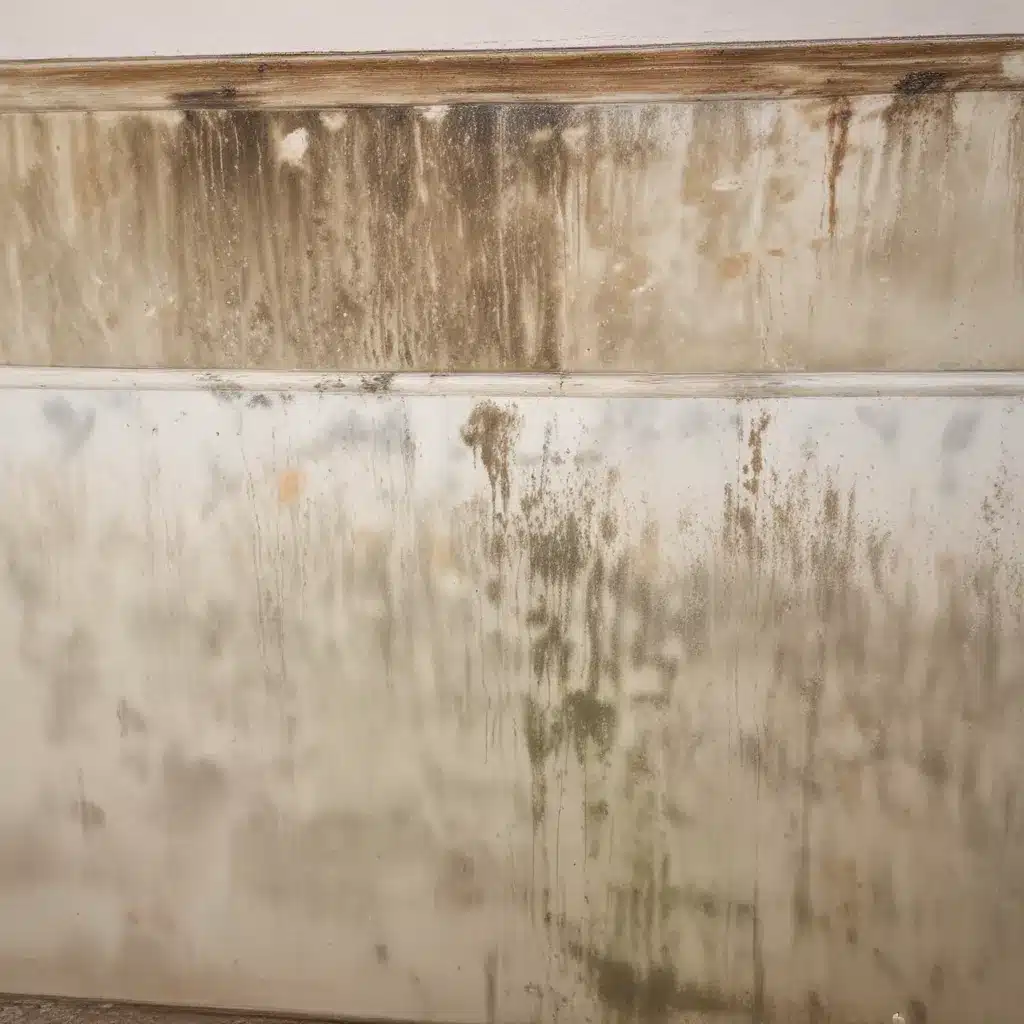
Protecting Your Home and Health from Mold Damage
As an experienced roofing professional, I understand the devastating impact that storm-related flooding can have on homes and businesses. Beyond the immediate water damage, the threat of mold and mildew growth poses a serious risk to both your property and your health. In this comprehensive guide, I’ll share practical tips and in-depth insights to help you effectively prevent and mitigate mold issues in the aftermath of a flood.
Addressing the Flood Damage Quickly
The first and most crucial step in preventing mold growth is to act fast. The longer your home or building remains damp, the greater the risk of mold spreading. As soon as it’s safe to do so, you’ll want to begin the cleanup process.
Start by documenting the damage with detailed photos and videos. This will be essential for insurance claims and recovery efforts. Next, remove any water-damaged materials, such as carpeting, drywall, and insulation, that can’t be thoroughly dried within 24-48 hours. Anything porous that has been exposed to floodwaters should be discarded, as it provides an ideal breeding ground for mold.
Drying Out the Space
Once the affected areas have been cleared, it’s time to focus on drying out the space. Use fans, dehumidifiers, and open windows to achieve a relative humidity below 50% as quickly as possible. This will create an environment that is inhospitable to mold growth.
If you have access to commercial-grade drying equipment, such as industrial dehumidifiers or air movers, consider renting or hiring a professional restoration company to accelerate the drying process. The quicker you can achieve a consistently dry environment, the better your chances of preventing widespread mold issues.
Tackling Mold Growth
Even with diligent drying efforts, some mold growth is often inevitable after a flood. The key is to address it promptly and effectively. Here’s how to handle mold cleanup:
Identify and Assess the Mold
While it’s not necessary to identify the specific type of mold present, it’s important to determine the extent of the growth. If the moldy area is larger than 10 square feet (roughly a 3×3 ft. patch), it’s generally recommended to hire a professional mold remediation company. Smaller areas can often be cleaned by the homeowner or building occupant.
Prepare Properly
Regardless of the size of the mold problem, it’s crucial to take proper safety precautions. Wear protective equipment, such as goggles, gloves, and a N-95 respirator mask, to avoid exposure to mold spores. Ensure the area is well-ventilated and consider sealing off the affected space from the rest of the building to prevent the spread of mold.
Clean and Disinfect
For small-scale mold growth, a solution of water and detergent or a commercial mold-killing product can be used to clean the affected surfaces. Avoid using bleach, as it can release harmful fumes and is not significantly more effective than other cleaning methods. After cleaning, thoroughly dry the area to prevent any remaining mold from re-growing.
If the mold has spread to porous materials like drywall or wood, those items may need to be discarded and replaced. Consult a professional if you’re unsure about the extent of the damage or the best way to safely remove and dispose of moldy materials.
Preventing Future Mold Growth
Once the immediate mold issue has been addressed, it’s essential to take steps to prevent future mold problems. Maintaining a dry, well-ventilated environment is key to mold prevention.
Manage Moisture and Humidity
Closely monitor the humidity levels in your home or building, and use dehumidifiers, exhaust fans, and proper ventilation to keep the relative humidity below 50%. Pay special attention to areas prone to moisture, such as bathrooms, kitchens, and basements, and address any leaks or water intrusion issues promptly.
Upgrade Your Roofing System
A well-designed, properly installed roofing system plays a crucial role in protecting your home or building from water damage and subsequent mold growth. Consider working with a reputable roofing contractor, like those at Roofers in Northampton, to ensure your roof is up to the task of withstanding severe weather events and preventing moisture intrusion.
Maintain Your HVAC System
Your heating, ventilation, and air conditioning (HVAC) system can also contribute to mold growth if not properly maintained. Regularly clean and inspect the system, replacing air filters as needed and addressing any issues that could lead to excess moisture buildup.
Prioritizing Your Health and Safety
Exposure to mold can have serious health consequences, particularly for those with allergies, asthma, or weakened immune systems. It’s essential to take precautions to protect yourself and your family or employees during the mold cleanup process.
If you or anyone in your household experiences persistent respiratory issues, skin irritation, or other health concerns that may be related to mold exposure, seek medical attention promptly. Consulting a healthcare professional can help determine the appropriate course of action and ensure your well-being.
Conclusion
Dealing with mold and mildew in the aftermath of a flood can be a daunting task, but with the right knowledge and approach, you can effectively mitigate the damage and protect your property and health. Remember to act quickly, take proper safety precautions, and consider working with experienced professionals when necessary. By following these best practices, you’ll be well on your way to creating a safe, mold-free environment for your home or business.

